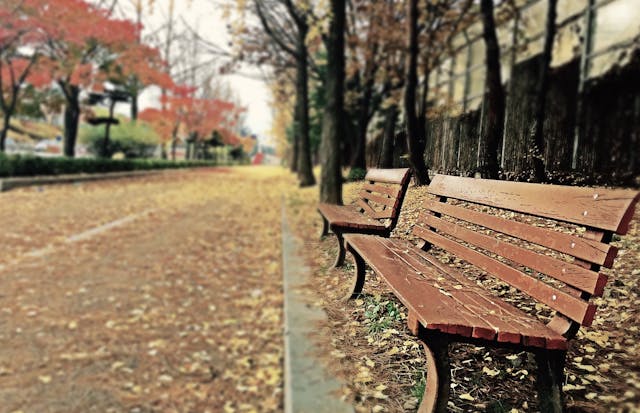Community parks are integral to urban ecosystem services, enhancing urban sustainability and human well-being. The correlation between individuals’ perceptions of their physical health and the presence of green spaces has recently attracted academic interest. Nonetheless, issues about the accessibility of these green spaces notably impact marginalized communities. Residents of neighbourhoods with low socioeconomic status (SES) often raise concerns about the quality and safety of park facilities, which deter their usage. Consequently, this study focuses on examining the impact of a newly developed community park on the physical and mental health, safety, and overall quality of life of individuals in marginalized communities. This research was published in the “Journal of Landscape Architecture Frontiers” under “The Prospective Role of New Community Parks in Enhancing Human Health in Marginalized Communities: A Case of Kellogg Park in Ventura, California, USA.”
Situated in the western part of Ventura (officially San Buenaventura), on the Southern California coast, Kellogg Park serves as a vital green space in an area characterized by significant income disparities, as evidenced by statistics from the platform City-Data, which show that the mean household income for the lowest quintile in Ventura County is markedly below the county’s median. Given its recent construction and lack of extensive prior research, Kellogg Park was selected as the focal point for this study to demonstrate how a new urban park can enhance the health of community members in disadvantaged areas.
To gather data, researchers conducted an in-person survey addressing environmental and safety perceptions, overall satisfaction, and changes in physical activity and mental health based on respondents’ experiences before and after the park’s development. The analysis included bivariate methods such as t-tests and correlation analyses to explore the relationships between overall satisfaction and park visitation experiences.
The study’s findings revealed a significant correlation between improved health outcomes and the availability of urban green spaces. Notably, there was an increase in physical activities such as biking and walking following the park’s establishment, consistent with prior research documenting how park features can influence visitation frequency. Additionally, many participants reported enhanced mental well-being, supporting the Attention Restoration Theory, which posits that new green spaces are crucial for mental rejuvenation, particularly in underserved communities.
The findings of this study have significant implications for policymakers and urban planners. They underscore the urgent need to prioritize the development of new green spaces in marginalized areas. The research not only highlights the transformative potential of such parks but also provides a strategic pathway for fostering inclusive, equitable, and health-promoting urban development in the future. By emphasizing the potential policy implications, the study’s findings become more than just academic knowledge; they become a call to action for urban planners and policymakers.
While this study provides valuable insights, it also points to the need for further research. The study was limited to a single site in California, and incorporating multiple sites could yield more robust findings. Moreover, data collection was confined to the summer period, providing only a snapshot of the community’s park usage. Future studies could build on these findings by including a broader array of mental health assessments, offering a more comprehensive evaluation of the benefits associated with urban green spaces. By stressing the need for future research, the study’s findings remain relevant and open up new avenues for exploration.
More information: Musab Wedyan et al, The Prospective Role of New Community Parks in Enhancing Human Health in Marginalized Communities: A Case of Kellogg Park in Ventura, California, USA, Landscape Architecture Frontiers. DOI: 10.15302/J-LAF-0-020021
Journal information: Landscape Architecture Frontiers Provided by Higher Education Press








